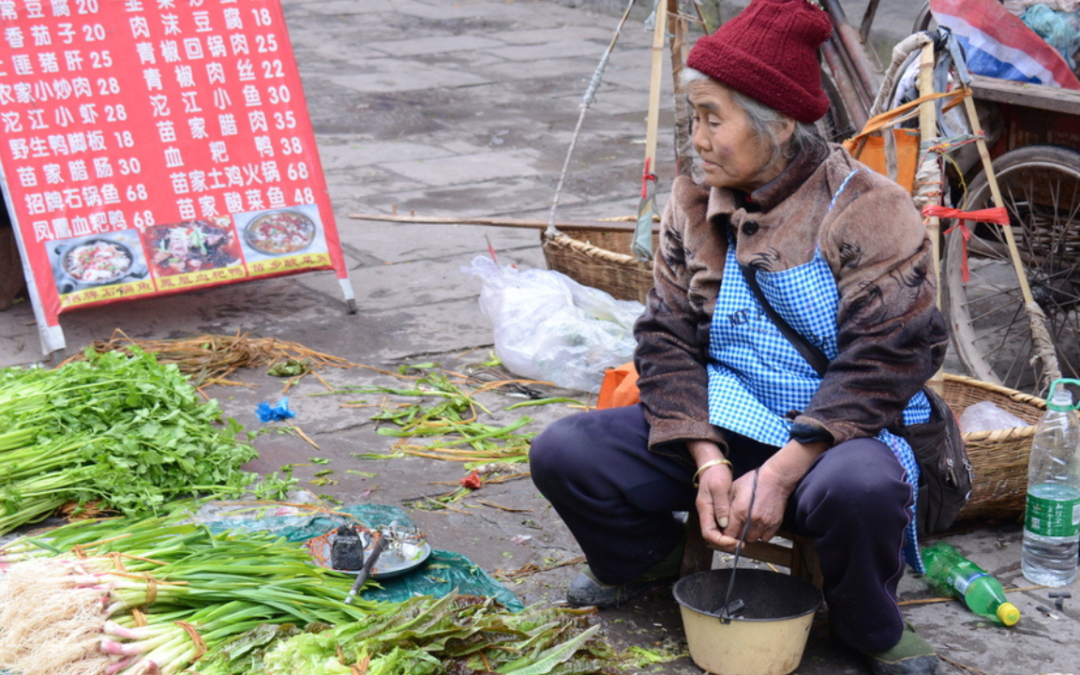Rising bond yields have rattled financial markets. From their 2020 lows, US ten-year Treasury yields have risen nearly a full percentage point, a move mirrored in European and Asian bond markets. Corporate credit and emerging debt markets have slumped. Global equities have sagged. Esoteric ‘alternative risk premium’ strategies, which seek to take advantage of lending opportunities across commodity, credit and other markets, have taken a hit. Traditional stalwarts such as gold and their novel successors, cryptocurrencies, have also slumped.
In short, rising bond yields have punished multi-asset portfolios. Diversification opportunities have vanished.
Thankfully, by the end of last week, some calm returned to markets. US ten-year Treasury yields retreated to around 1.4%. Growth stocks edged up even as broader equity markets continued to retreat.
A combination of factors has led to the recent sharp sell-off in global bond markets. Some may be transitory, but fundamentally the move appears justified. According to a yield curve model we employ, for example, the US bond market appears only moderately oversold. If the model is ‘reverse engineered’, it suggests that US bond yields today are consistent with plausible future growth and inflation outcomes.
In short, recent bond market moves may have been rapid and volatile, but rising long-term interest rates are underpinned by economic and policy fundamentals.
Expectations for significant US fiscal stimulus were bolstered last week by the passage of the Biden Administration’s $1.9 trillion Covid-relief bill in the US House of Representatives. An amended version of that bill is likely to make it out of Congress to the President for his signature by mid-March. The total size of the package amounts to over 9% of US GDP and contains various items, including direct cash payments to individuals, that will boost spending quickly this year in the US economy.
The rollout of vaccinations is a second factor pushing up long-term interest rates. To be sure, vaccination is uneven and slow in some regions (e.g., the Eurozone), but trends and developments suggest widespread immunization is possible in advanced economies by the autumn. Economic re-opening prospects, therefore, are improving coincident with the arrival of powerful fiscal stimulus. Meanwhile, central banks remain committed to super-easy monetary policies.
Beyond the trifecta of fiscal stimulus, economic re-opening and central bank largesse, soaring bond yields also reflect technical market factors. As long-term interest rates rise, banks and other investors that hold mortgage loans anticipate fewer mortgage prepayments. Typically, they hedge such prepayment risk by buying Treasury bonds. As rising bond yields reduce mortgage prepayments, banks and investors buy fewer Treasuries or even sell their existing holdings. Such ‘convexity-driven’ hedging techniques tend to exacerbate bond market moves, leading to the extreme moves seen in recent weeks.
Similarly, other investors re-balance portfolios between stocks and bonds according to their relative riskiness. Such ‘risk parity’ approaches also tend to sell bonds when their prices become more volatile, as has been the case recently.
Convexity hedging and risk parity related re-allocation have therefore amplified the jump in bond yields. Whether those technical pressures are lessening, or not, holds the key to near-term moves in bond yields and overall markets. Those behaviors are hardly transparent, but signs the bond market was calming late last week are hopeful.
Finally, economic data remain important. Friday’s US February employment report should show a gain of nearly 150,000 in new jobs, the largest increase in three months. Job gains, falling unemployment and rising household incomes will bolster growth expectations.
European inflation data is also on tap. Eurozone inflation is expected to edge up to 1.5%, just below the European Central Bank’s target. Higher inflation is boosted by rising energy prices and easy comparisons to last year’s Covid-depressed prices. The ECB is certain to restate its commitment to ignore transitory distortions to inflation, but the ever-hawkish Bundesbank has recently signaled concerns about overheating.
The resumption of economic activity and policy discussions in China following the lunar new year holidays will also garner investor attention. Rising copper prices, which have doubled in the past 12 months, remain a key barometer for the health of China as an industrial powerhouse and the global economy more generally.
In the coming weeks, investors are likely to remain edgy, taking their cue from bond yields. If the technical bond market selling pressures abate, stock markets will bounce back. After all, at prevailing levels, long-term interest rates won’t dampen economic activity. Despite higher yields, inflation-adjusted (real) interest rates remain deeply negative in all advanced economies. Companies and households can still borrow at historically low rates.
Meanwhile, the consensus of stock market analysts expects over 20% US profits growth this year. While that is a high hurdle to top, bullish sentiment is underpinned by powerful earnings momentum in sectors such as energy, financials, retailing and industrials. If bond markets settle down, investors will return to global equity markets, drawn by improving profits growth.
In sum, recent market jitters should recede as investors refocus on an improving world economy. Still, recent setbacks serve as reminders of what can go wrong. Short-term volatility, amplified by market technical factors, is mostly a nuisance and distraction. What really matters is whether economies re-open, fiscal policy stimulus arrives, and central banks keep their nerve and nurture the recovery. If, on the other hand, a mutation in COVID-19 causes the pandemic to surge, or economies overheat, the market ructions of the past few weeks will seem like child’s play compared to what would follow.
Ultimately, the lessons of the past few weeks boil down to one – keep an eye on what really matters.



